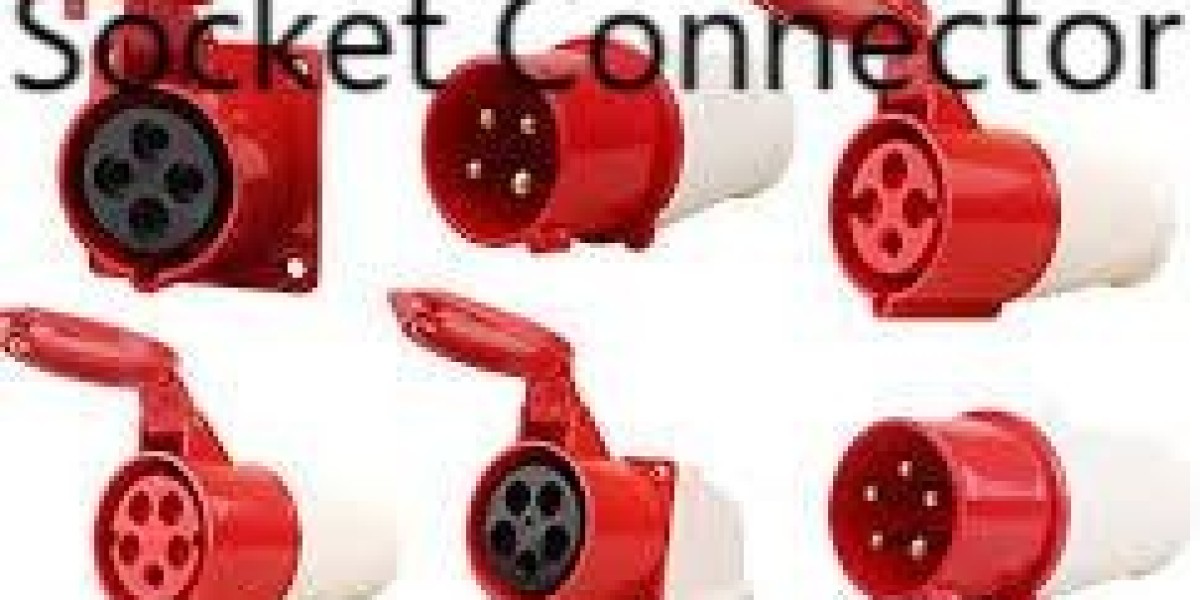In complex installations where serviceability and safety are essential, the Industrial Plug Socket Connector often becomes the planned maintenance point that teams rely on, and placing the Industrial Plug Socket Connector correctly within the system design turns an otherwise fragile junction into an obvious, testable service location. Early specification of mechanical features, sealing class, and accessory compatibility reduces on-site ambiguity and helps operations teams respond quickly when faults occur.
Site profiling and environmental match
Successful deployments begin with a careful site profile. Identify airborne contaminants, washdown schedules, vibration sources, UV exposure, and expected frequency of mating cycles. A connector used for occasional generator hookup faces different stresses than one mated dozens of times per day on a rental fleet. Map seasonal extremes, such as freeze–thaw or salt-spray exposure, to ensure material and plating choices withstand real-world conditions rather than ideal lab scenarios.
Mechanical design and human factors
Mechanical attributes significantly influence reliability and speed of service. Keying and color-coding prevent mis-mating; positive locking mechanisms resist accidental uncoupling under vibration; and ergonomic release features let technicians operate connectors reliably while wearing gloves. Strain relief and proper cable bend radii protect conductor terminations from fatigue. Designing with the end user in mind shortens repair time and lowers the probability of installation errors that lead to failures.
Sealing, corrosion resistance, and accessory systems (Nante options)
Ingress protection and corrosion mitigation are fundamental where moisture or chemicals are present. Specify appropriate sealing systems at the face and at cable entries, and select contact platings that tolerate the local atmosphere. Pay attention to accessory compatibility — matched gland plates, protective boots, and caps preserve rated performance. Using coordinated accessory kits reduces the risk of mismatched parts that compromise protection or introduce galvanic corrosion.
Installation discipline and commissioning practices
Connector longevity depends as much on installation practice as on component quality. Ensure flange faces are clean and flat, torque fasteners to manufacturer values, and compress gaskets uniformly. Route cables to avoid stress at the termination and leave service loops for thermal movement. During commissioning, capture baseline resistance readings and photos of wiring layouts. These artifacts streamline fault-finding years later and reduce downtime by providing a known-good reference.
Maintenance regimes and parts strategy
A predictable maintenance plan prevents reactive repairs. Schedule routine visual checks for seal compression, contact discoloration, and locking integrity. Clean contacts according to vendor guidance and record torque checks periodically. Maintain a compact spare-parts kit focusing on common wear items—seals, contact inserts, and locking sleeves—and ensure part codes are clearly documented to speed procurement during outages.
Thermal and electrical performance considerations
Heat is a primary enemy of connectors. Specify contact cross-sections and materials with sufficient current-carrying capacity and margin to avoid high contact resistance and hotspots. Leave physical space for heat dissipation and consider thermal monitoring where currents are high. When designers account for both steady-state load and potential overload conditions, connectors operate below stress thresholds that cause accelerated aging.
Documentation, labeling, and lifecycle planning
Clarity in procurement documents prevents ambiguity. Include full part numbers, torque specs, approved accessories, and environmental ratings in the specification. Label installed units with part numbers and installation dates to aid maintenance planning. Plan spare knockouts and spare capacity into enclosures to allow growth without compromising ingress protection. Lifecycle thinking—favoring modular replaceable parts over full assembly swaps—reduces waste and overall cost.
Training and user-centred design
Even robust connectors fail if users don’t know how to service them. Provide straightforward training on safe isolation, swap-out procedures, and basic inspection points. Design choices that favor intuitive operation—clear release gestures, tactile feedback, and visible locking indicators—reduce operator error and speed safe interventions.
When connector selection, installation discipline, and maintenance strategy align, heavy-duty interfaces transition from vulnerability points into durable, maintainable nodes of the power network. Thoughtful planning and consistent upkeep deliver measurable reductions in emergency interventions and extend service life. For product ranges, accessory kits, and application notes, visit www.nante.com/product/






